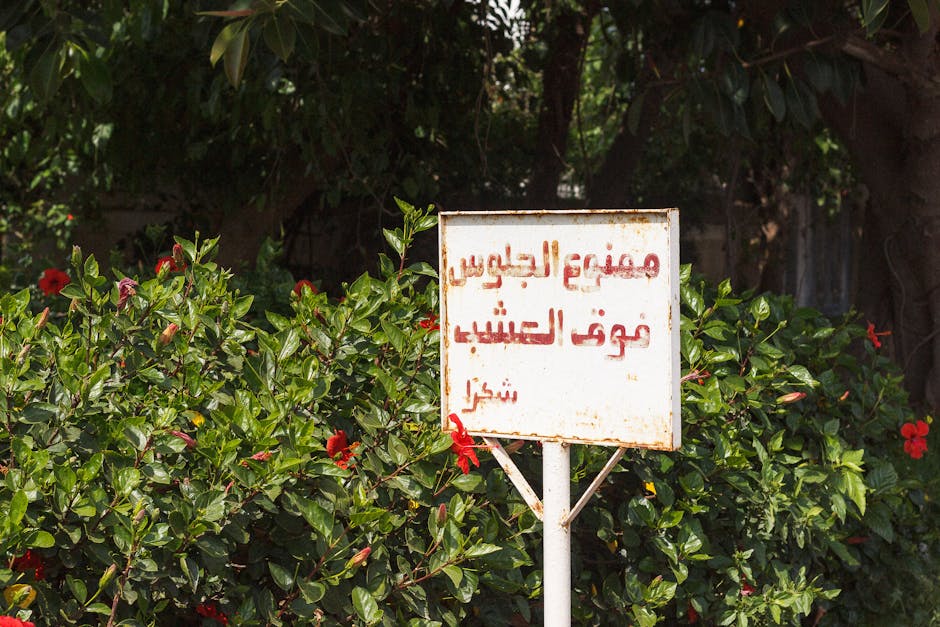DeepArabianSignNet: Revolutionizing Arabic Sign Language Recognition
DeepArabianSignNet: Revolutionizing Arabic Sign Language Recognition

Hey friend, let’s talk about this awesome new research paper I just read – it’s all about making it easier for Deaf people in Arabic-speaking countries to communicate with the hearing world. They’ve developed a seriously impressive deep learning model called DeepArabianSignNet that’s significantly improving Arabic Sign Language (ArSL) recognition.
The problem is that current ArSL recognition systems have struggled with accuracy and capturing the subtle details of the signs. Think about it: sign language isn’t just hand movements; it involves facial expressions and body language too. This makes it a really complex problem for computers to solve.
DeepArabianSignNet tackles this using a really clever multi-pronged approach. First, it uses a new segmentation model called G-TverskyUNet3+ to pinpoint the important parts of the sign language image (like the hands, face, etc.). Then, it leverages the power of three different deep learning architectures: DenseNet, EfficientNet, and an attention-based Deep ResNet. Each of these networks is great at different things, and combining them gives a much more robust system. Imagine it as three expert detectives working together on a case!
But here’s where it gets even cooler. They used a novel optimization algorithm called CSFOA (Crisscross Seed Forest Optimization Algorithm) to select the *best* features from the images. Think of this as a super-smart filter that only keeps the most relevant information, making the recognition process even more accurate and efficient.
The results are truly impressive. They tested DeepArabianSignNet on several datasets, achieving accuracy rates as high as 99.2%! That’s incredibly close to perfection. Moreover, the model is relatively fast and scalable, which means it could potentially be used in real-time applications like mobile apps or public service facilities.
This is more than just a technical achievement; it’s about bridging a communication gap. DeepArabianSignNet has the potential to significantly improve the lives of Deaf individuals in the Arab world by enabling easier access to education, healthcare, and social interactions. It’s a fantastic example of how AI can be used to create a more inclusive and equitable world.
The researchers also shared the datasets they used, which is great for further research and development. You can find them here: [Link to Dataset 1], [Link to Dataset 2], [Link to Dataset 3]. Pretty cool, huh?
Disclaimer: This content is aggregated from public sources online. Please verify information independently. If you believe your rights have been infringed, contact us for removal.